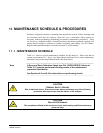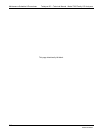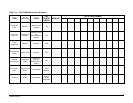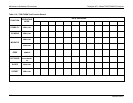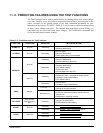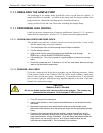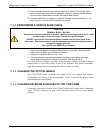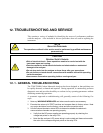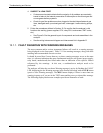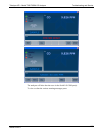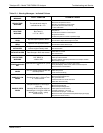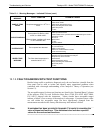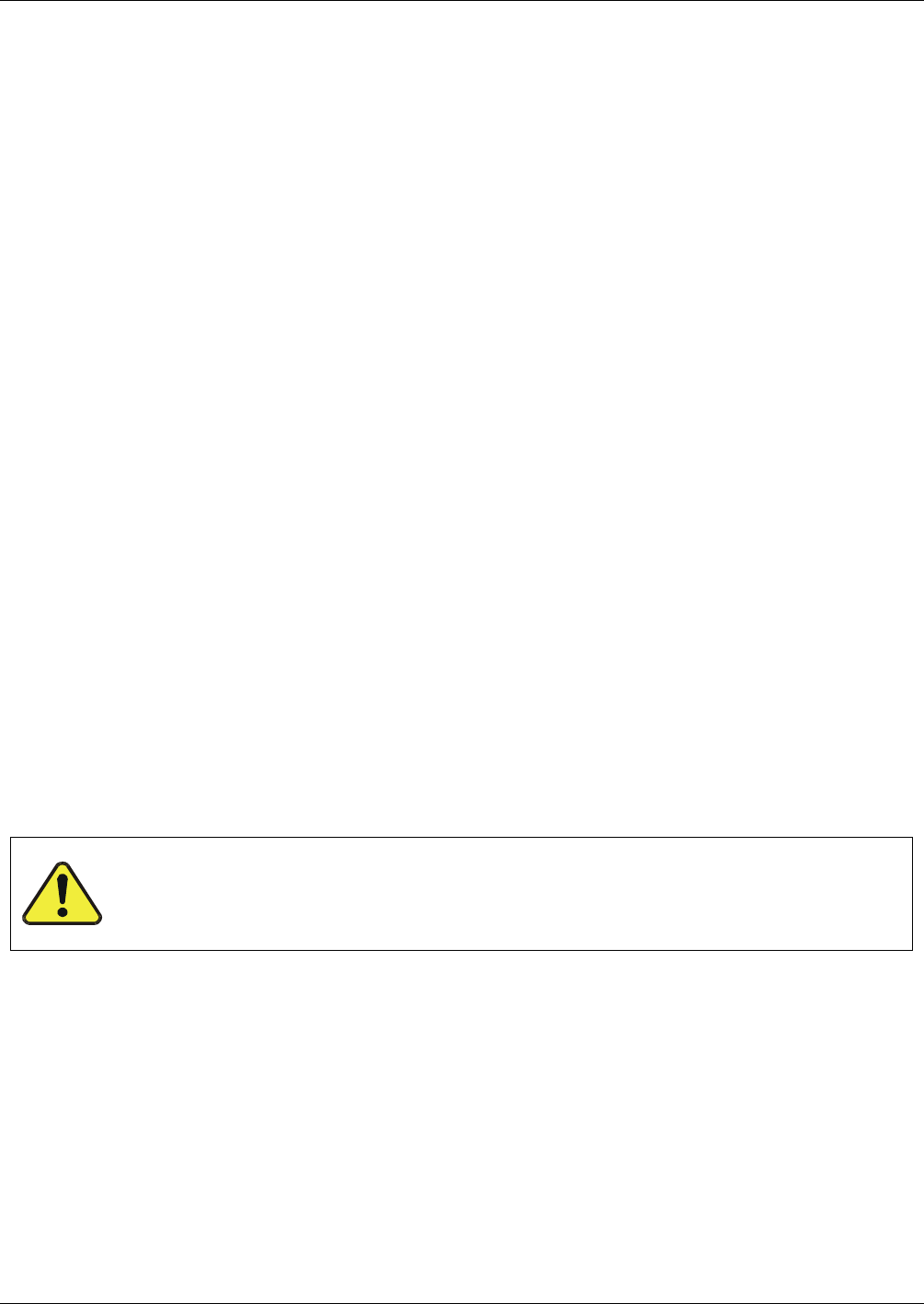
Teledyne API – Model T300/T300M CO Analyzer Maintenance Schedule & Procedures
251
11.3.2. REBUILDING THE SAMPLE PUMP
The diaphragm in the sample pump periodically wears out and must be replaced. A
sample rebuild kit is available – see label on the pump itself for the part number of the
pump rebuild kit. Instructions and diagrams are included with the kit.
Always perform a Flow and Leak Check after rebuilding the Sample Pump.
11.3.3. PERFORMING LEAK CHECKS
Leaks are the most common cause of analyzer malfunction; Section 11.3.3.1 presents a
simple leak check procedure. Section 11.3.3.2 details a more thorough procedure.
11.3.3.1. VACUUM LEAK CHECK AND PUMP CHECK
This method is easy and fast. It detects, but does not locate most leaks. It also verifies
that the sample pump is in good condition.
1. Turn the analyzer ON, and allow enough time for flows to stabilize.
2. Cap the sample inlet port.
3. After several minutes, when the pressure has stabilized, scroll through the
TEST menu, note the SAMPLE PRESSURE reading.
4. If the reading is < 10 in-Hg, the pump is in good condition and there are no large
leaks.
5. Check the sample gas flow. If the flow is <10 cm
3
/min and stable, there are no large
leaks in the instrument’s pneumatics.
11.3.3.2. PRESSURE LEAK CHECK
If you can’t locate the leak by the above procedure, use the following procedure. Obtain
a leak checker similar to the Teledyne API P/N 01960, which contains a small pump,
shut-off valve and pressure gauge. Alternatively, a convenient source of low-pressure
gas is a tank of span gas, with the two-stage regulator adjusted to less than 15 psi with a
shutoff valve and pressure gauge.
CAUTION
GENERAL SAFETY HAZARD
Do not use bubble solution with vacuum applied to the analyzer. The solution may
contaminate the instrument. Do not exceed 15 PSIG pressure.
1. Turn OFF power to the instrument.
2. Install a leak checker or tank of gas as described above on the sample inlet at the
rear panel.
3. Remove the instrument cover and locate the inlet side of the sample pump.
Remove the flow assembly from the pump and plug it with the appropriate gas-tight
fitting.
4. Pressurize the instrument with the leak checker, allowing enough time to fully
pressurize the instrument through the critical flow orifice. Check each fitting with
soap bubble solution, looking for bubbles. Once the fittings have been wetted with
soap solution, do not re-apply vacuum, as it will suck soap solution into the
instrument and contaminate it. Do not exceed 15 psi pressure.
06864B DCN6314





